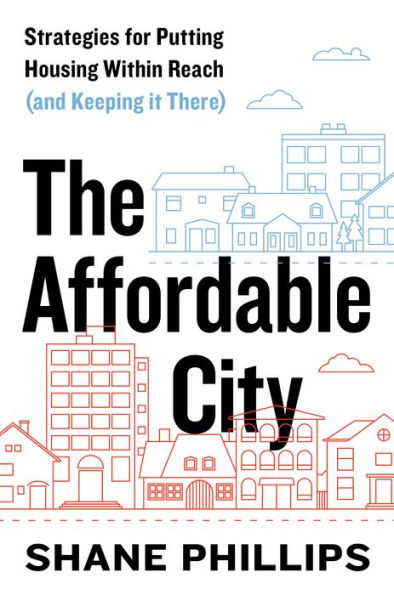Table of Contents
Preface xi
Acknowledgments xv
Introduction 1
I Principles and General Recommendations 29
01 Pursue the Three S's (Supply, Stability, and Subsidy) Simultaneously 31
02 Take Action Now 34
03 Focus on Institutional Reform 36
04 Adapt Solutions to the Needs of Your Community 38
05 Center Voices of, and Outcomes for, the Disenfranchised and Most Vulnerable 40
06 Use a Mix of Mandates and Incentives 43
07 Know What You're Asking For 45
08 Pick One: Housing Affordability or Rising Home Values 47
09 Don't Reward Idle Money 50
10 Don't Coddle Landlords 52
11 Track Everything 54
12 Strive for Objective, Consistent Rules 55
13 Expand the Conversation around Gentrification 57
14 Align Local Votes with Presidential and Midterm Elections 59
II Policies 61
Supply: Why Housing Matters 61
15 Increased Zoning Capacity 69
16 Upzone Many Places at Once (Upzoning: Geographically Distributed) 72
17 Focus Upzones in Accessible and High-Opportunity Areas (Upzoning: Targeted) 74
18 Find the Upzoning Sweet Spot: Not Too Big, Not Too Small (Upzoning: Rightsized) 76
19 Allow Housing in Commercial Zones (Mixed-Use Zoning) 80
20 Make It Expensive to Reduce the Supply of Homes (Home Sharing) 83
21 Eliminate Density Limits in Most Places (Density Limits) 85
22 Eliminate Parking Requirements Everywhere (Parking Minimums) 89
23 Let Renters Decide What They Value (Micro-units) 92
24 Make Development Approvals "By Right" (By-Right Development) 94
25 Speed Up the Entitlement Process (Faster Approvals) 98
26 Explore Other Ways to Bring Down Development Costs (Input Costs) 101
27 Promote Counter-cyclical Home Building (Counter-cyclical Development) 104
Stability: Why Tenant Protections and Rental Housing Preservation Matter 106
28 Place Moderate Restrictions on Rent Increases for Nearly All Housing (Anti-Gouging) 116
29 Place Stronger Restrictions on Rent Increases for Older Housing (Rent Stabilization) 118
30 Be Careful with Vacancy Control 121
31 Implement Inclusionary Zoning and Density Bonuses 125
32 Discourage Redevelopment That Requires Renter Displacement (Displacement Compensation and Right of Return) 128
33 Make Affordability Requirements Permanent (Affordability Covenant Duration) 131
34 Buy Naturally Occurring Affordable Housing with Public Funds 134
35 Require Transparency from Voluntary Tenant Buyouts 138
36 Prioritize Displaced Tenants for Affordable Housing Placement (Preferential Placement) 140
37 Limit the Ability of Landlords to "Go Out of Business" (Rental Housing Preservation) 143
38 Use Just-Cause Protections to Discourage Evictions 146
39 Require Government Notification for All Eviction Notices and Rent Hikes (Landlord Transparency) 148
40 Offer Free or Reduced-Cost Legal Counsel to Residents Facing Eviction (Right to Counsel) 151
41 Enforce Housing and Building Codes 153
42 Eliminate Discrimination against People with Housing Choice Vouchers 157
43 Prioritize Stability over Wealth Creation (Homeownership Assistance) 160
Subsidy: Why Government Spending and Public Programs Matter 163
44 Institute a Progressive Tax on Home Sales (Real Estate Transfer Tax) 170
45 Tax "Flipped" Houses at Higher Rates 173
46 Utilize Property Taxes 175
47 Tax Underutilized and Vacant Property 178
48 Don't Sell Public Land; Lease It (Public Land and P3s) 181
49 Minimize Impact Fees and Charge Them Equitably 184
50 Don't Let Small Buildings off the Hook (Missing Middle) 188
51 Reform or Eliminate Most Homeowner Subsidies 191
52 Reform and Increase Funding for Affordable Housin Construction 195
53 Increase Funding for Direct Rental Assistance 200
54 Fund Low- and Zero-Interest Loans for Housing Acquisition and Development 203
III Bringing It All Together 205
Conclusion 219
Appendix 221
Notes 231



